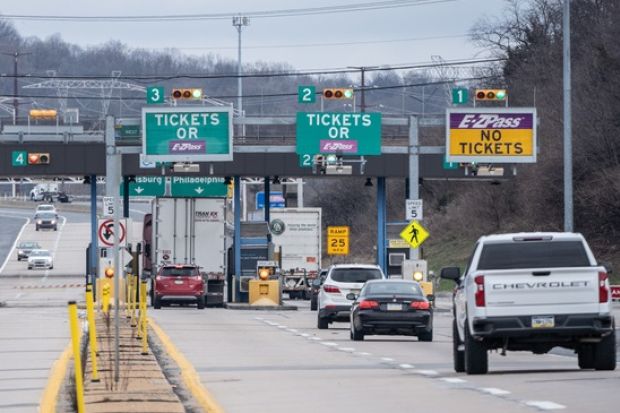In its simplest form, trauma can be defined as an individual’s emotional response to a distressing situation. Traumatic events often occur suddenly and feel beyond a person’s control – leaving them with a persistent feeling that catastrophe could happen at any moment.
We don’t often talk about trauma in US college recruitment and financial aid offices, but we should. Many high school students are approaching a decision about where to attend college – or if they should attend at all – filled with financial trauma.
Today’s high school seniors were in preschool when the Great Recession cratered the US economy. Some of them have strong memories of being moved from a foreclosed home to a small apartment, or seeing their parents struggle greatly. Their reactions to these events may fall into the psychological definition of acute trauma: “intense distress in the immediate aftermath of a one-time event”.
Then Covid-19 arrived. In the course of a few months, 9.6 million Americans lost their jobs, a million more than during the Great Recession. This impact was not universally felt but instead disproportionately impacted low- and moderate-income families and people of colour.
This second instance of financial trauma for families with college-going children has moved the needle past acute trauma into the realm of complex trauma, when one experiences multiple and/or prolonged traumatic events from which there is no escape, undermining an individual’s sense of safety. The result is often an exhausting state of constant hypervigilance as victims anticipate the next threat. Long-term impacts can include anxiety, anger, sadness and even survivor’s guilt.
It is natural that financial trauma will weigh on these young people’s minds when they see a sticker price for a four-year degree that is the same as that for a house. And it is understandable that they might shy away from a conversation that forces them to ask their parents: “Just how much money do we actually have?”
If you talk to aid officers, you’ll learn that most have strong personal connections to their work. Colleges should put those stories on their websites and social media channels to let students know who will be advocating for them.
But changes have to be about more than PR.
Given the complex nature of this trauma – especially for many low-income and potential first-generation college students – financial aid offices need to be set up to address students’ mental health needs, beginning before students ever set foot on campus.
Aid officers should be part of the recruitment process. If they meet high school students – especially freshman and sophomores in their own high schools – to explain their jobs and how financial aid works, they can begin to build trust and confidence that is often lacking under the current arrangements, whereby financial aid is considered only after admissions decisions are made.
We know that students who have faced financial trauma are often dealing with complex emotions. Catering for this sympathetically is going to require a new type of training for financial aid staff. If a student leaves the office feeling blamed or shamed, they have likely been re-victimised. These students will then often disengage from the campus office that has the most significant opportunity to help them. Financial aid offices need to be judgement-free zones, where students can share the challenges they are facing and feel supported.
Some issues are beyond the control of aid offices, however. For example, students requesting aid in the 2022-23 aid year will need to rely on 2020 tax data. But we know that tax data will not reflect the deleterious effect Covid has had on many families’ finances, through lay-offs or bereavement. Faced with this, many prospective students will panic. They will not know where to look for help, or they will be afraid to ask for fear of being judged.
Aid offices can still be a resource. Through clear, concise and personalised engagement, they can ease fears and help students seek a better outcome. Measures could include everything from texting a prospective student to suggest a chat to launching social media campaigns explaining how the federal government uses tax information and how the aid appeals process works.
The friction in the college funding journey is the number one barrier to college enrolment and completion. It is a barrier for first-generation students in particular to better their lives and financial opportunities. Colleges that do not reduce this friction risk unintentionally adding to the continued and longer-term impacts of the complex financial trauma that such students have already faced.
Amy Glynn is co-author of Student Financial Success and vice-president of student financial success at CampusLogic.
Register to continue
Why register?
- Registration is free and only takes a moment
- Once registered, you can read 3 articles a month
- Sign up for our newsletter
Subscribe
Or subscribe for unlimited access to:
- Unlimited access to news, views, insights & reviews
- Digital editions
- Digital access to THE’s university and college rankings analysis
Already registered or a current subscriber? Login








